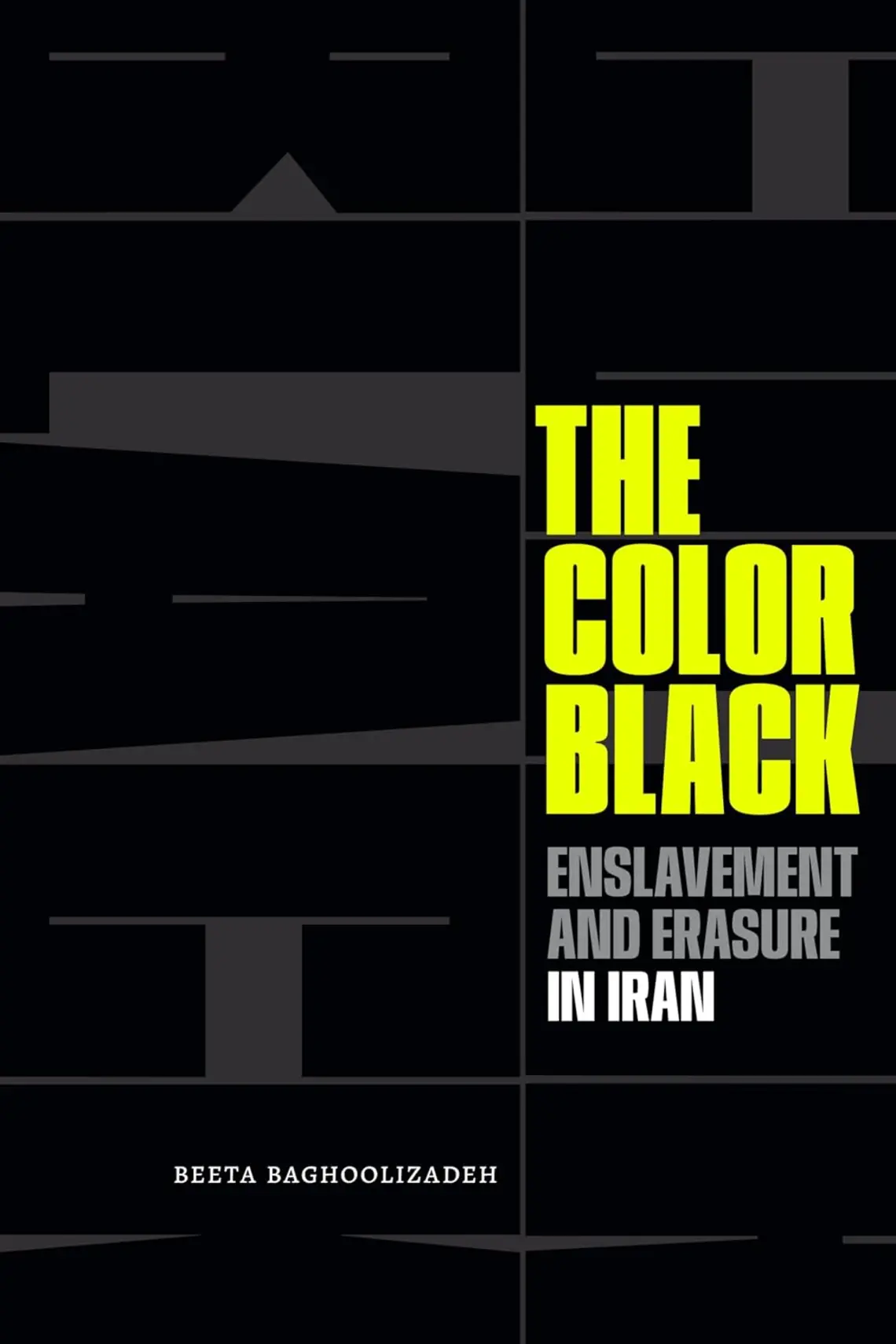
The Color Black: Enslavement and Erasure in Iran
In The Color Black (Duke University Press), Baghoolizadeh starts by showing how the enslavement of East Africans in the households of wealthy Iranians gave these East Africans an unusual pedestal in society. She argues that Blackness and enslavement became two sides of the same coin, meaning that when slavery was abolished in 1929, the previous visibility that East Africans held in Iranian society abruptly crumbled. Their identities were erased just as surely as their status as slaves. In other words, the erasure of slavery equated to the erasure of Blackness. Drawing on an impressive analysis of photographs, newspapers, and theater productions, Baghoolizadeh explores how East Africans went from visible to invisible with the abolition movement in Iran in the 20th century.

Paw in print

January 2026
Giving big with Kwanza Jones ’93 and José E. Feliciano ’94; Elizabeth Tsurkov freed; small town wonderers.

